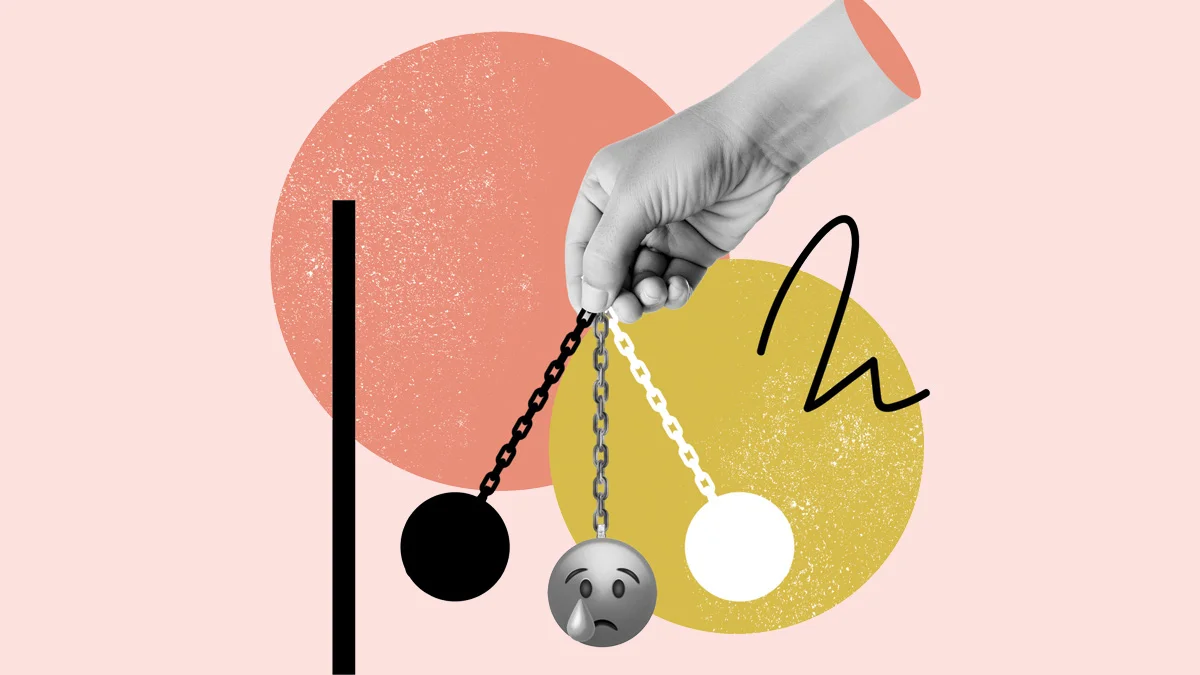
When the printing press was invented in the 15th century, there were concerns among some about the negative effect that excessive reading could have on young people. Fast forward 500 years and we saw a similar reaction to the invention of the television, with parents and teachers alike worried about its impact on children’s social and cognitive development. In 2005 YouTube came along, and these worries ramped up still further.
YouTube generates much of its revenue from advertising. This means the more time users spend on the platform, the more money it makes. It does not have much of a say on what specific content its creators make, instead it has an algorithm that rewards creators with views when they keep their audience engaged for longer. These views result in more advertising money, which YouTube and the creators split.
For creators to get more views, the first step is to get as many people clicking on their thumbnails – the preview image on a video – as possible. The second step is keeping viewers watching. The first step is measured as click-through rate, or CTR, and the second as average watch time.
When I was building my YouTube channel, all creators needed to focus on was CTR. This meant creating videos that were referred to as clickbait, because the more clicks a video got, the more it was served to viewers. You could title your video “I can’t believe this happened”, accompany it with a thumbnail picture of your mouth wide open and hit 1 million views.
Over time, the algorithm started penalising clickbait. YouTube realised that when viewers felt tricked, they spent less time on the platform, which affected advertising revenue. Creators also realised that if people clicked their videos but only watched for a few seconds, or skipped through entirely, it would hurt their business more than having fewer people clicking but watching for longer.
This encouraged creators to deliver on their thumbnail and title promises and optimise every second of their videos. They started using retention editing, with more cliffhangers than CSI: Crime Scene Investigation, giving viewers little chance to click away. Creators even started cutting out pauses between words to maximise every moment of their content.
The king of high watch time is American YouTuber MrBeast. His meteoric rise led to thousands of copycat creators who believed that the secret to success was to edit videos and act exactly like him. This resulted in an abundance of homogeneous content, usually involving too much shouting and filming Lamborghinis in strange locations.
But this missed the real reasons why he was so successful: his originality, work ethic, content investment and creative genius. Yes, the MrBeast-ification of YouTube videos did boost view times and revenues for several creators, but it also made me question whether a generation of kids would only want to watch videos that fulfilled their quick-hit content needs. Like the worried parents during the rise of the printing press and popularisation of TV, I thought attention spans and cognitive abilities were only going one way.
However, this year the pendulum is swinging back towards the creation of more cerebral, less hyperactive content. Algorithms are discovering that viewers spend more time watching content that doesn’t numb their minds. MrBeast has now started to lengthen his videos and shout less.
Another place where this trend is taking hold is on TikTok, the exemplar of short-form content. Videos were initially limited to 15 seconds, increasing to 60 seconds in 2017 and now it allows up to 10 minutes. Longer-form, less-edited clips are popular as audiences click away from cheap editing tricks. The very algorithms designed to keep me watching are learning that the only way to do so is by offering more valuable content. This means surfacing videos to me that allow me to relax, watch something meaningful and maybe even grow my cognitive abilities just as if I was reading a book or watching a documentary.
So, I’m going out on a limb: the teens of tomorrow might actually have longer attention spans than the ones of today. In fact, perhaps they will have to care for us poor millennial and Gen Z souls still stuck at the wrong side of the pendulum swing.
Caspar Lee is the co-founder of Influencer.com and Creator Ventures
Related and recommended
Richard Harpin, the founder of HomeServe and Growth Partner and owner of Business Leader, answers your burning business questions
Contestants from The Apprentice reveal the fundamental business lessons they learned from taking part in the TV show
From global talent pools to AI-powered documentation, a work-from-anywhere model is a new way of thinking about productivity, innovation and teamwork
The story of how cycling brought Business Leader member John Readman together with his co-founder and investors




